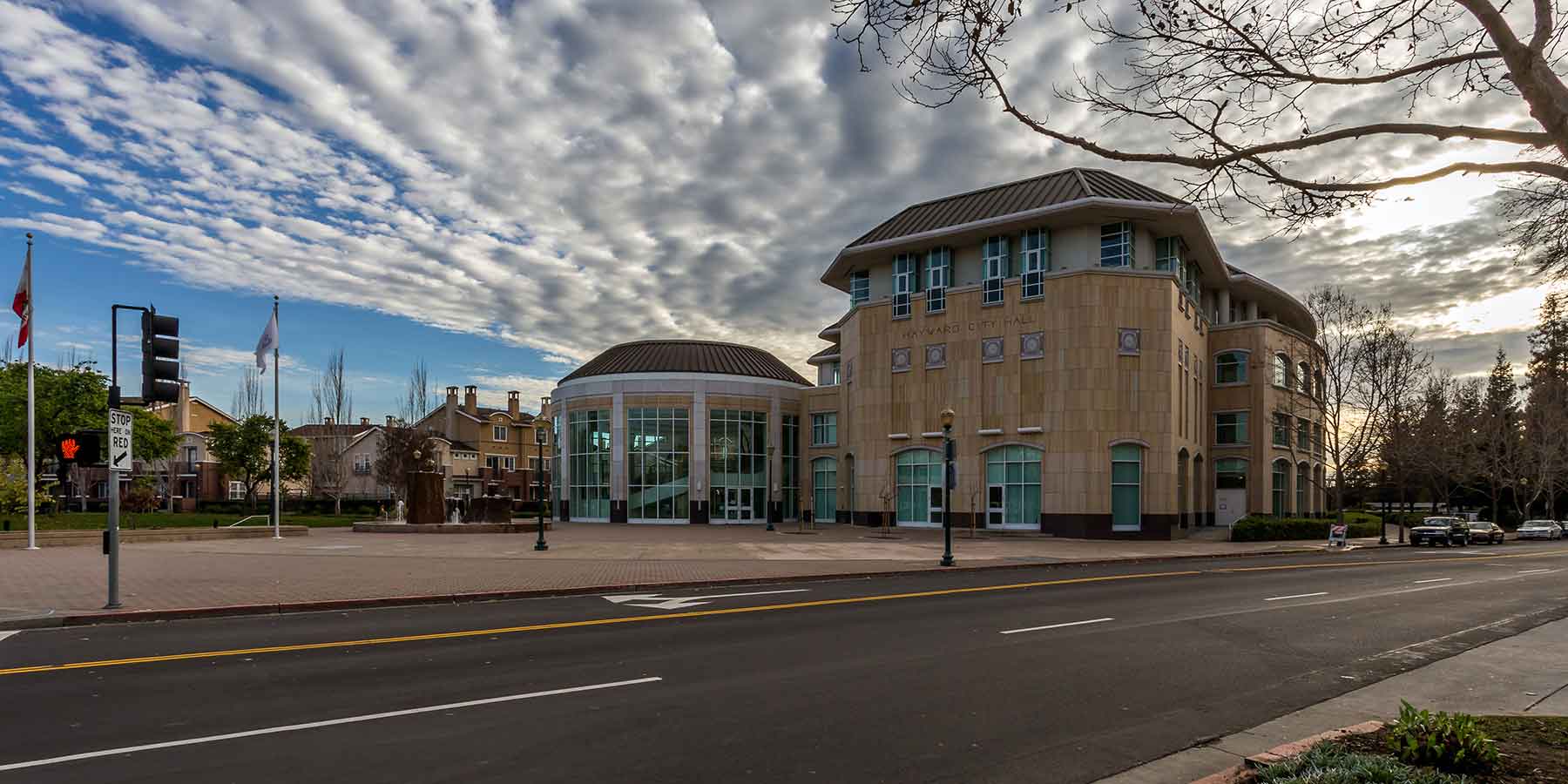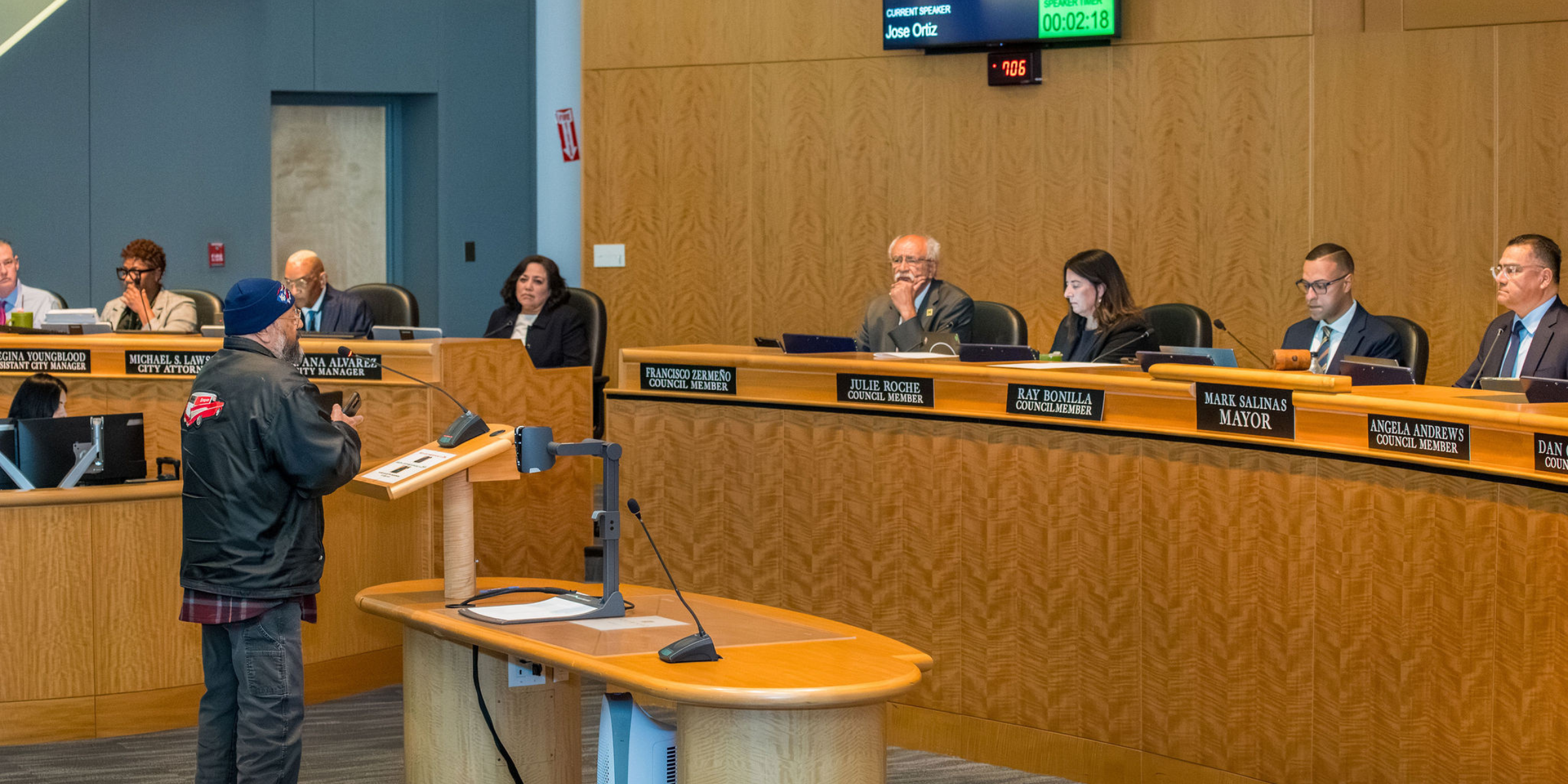Environmental Justice Element
Historically, negative environmental impacts have been shown to disproportionately affect marginalized populations, including racial, ethnic, and socioeconomic minorities. As a result of these environmental impacts, marginalized populations tend to have poorer health and safety outcomes relative to the broader population. The various environmental impacts that tend to affect marginalized populations include but are not limited to increased exposure to pollutants, increased proximity to contaminated facilities/structures, and decreased access to public resources relative to other communities. These environmental impacts are directly linked to one another and thus can result in a compounded environmental burden on certain populations.
Environmental justice is a concept focused on addressing the systemic causes of the unequal environmental burden placed on disadvantaged communities, especially minority and low-income populations. In California, the Planning for Healthy Communities Act of 2016 (Senate Bill 1000) was established to address the role of environmental justice in local and regional planning practice. Environmental justice regulations in California are aimed at improving the health and safety of disadvantaged communities through effective planning and policy decisions.
California law defines “environmental justice” as the fair treatment of people of all races, cultures, and incomes with respect to the development, adoption, implementation, and enforcement of environmental laws, regulations, and policies (Government Code Section 65040.12, subd. (e)). Through Senate Bill 1000, jurisdictions are now required to identify “disadvantaged communities” within their planning area and incorporate environmental justice policies and programs into their general plans. As described in the following Element, none of the 37 census tracts within Hayward meet the state definition of a “disadvantaged community” however there are neighborhoods that have measurable impacts with regard to population and pollution burdens, which can be addressed through this Element.
The City of Hayward is committed to promoting environmental justice through the effective implementation of this Environmental Justice Element. The Environmental Justice Element contains a comprehensive set of goals and policies aimed at increasing the role and influence of historically marginalized populations within their communities and reducing their exposure to environmental and health hazards. The goals and policies in this plan are centered around six focus areas. These focus areas are areas identified by the California Government Code Section 65302(h) as policy topics necessary for reducing the unique or compounded health risks in disadvantaged communities. The six focus areas are as follows:
- Pollution Exposure & Air Quality
- Public Facilities
- Safe & Sanitary Homes
- Physical Activity & Public Health
- Food Access
- Civic & Community Engagement
The Environmental Justice Element is divided into three sections. The first section is a summary of the public participation opportunities included as part of the Element development process. The second section presents the methodology used to identify disproportionally impacted communities in Hayward. The third section outlines environmental justice goals and policies and provides a summary of the baseline environmental conditions associated with each goal. Each section also identifies other General Plan Element policies and programs that address environmental justice within the focus area (see inset for description of other General Plan Elements). The goals, policies, and programs describe how the City of Hayward will incorporate environmental justice into decision making and support positive outcomes for affected residents.
To establish an understanding of the baseline conditions of environmental impacts in Hayward, a detailed technical analysis was performed. This technical assessment is known as the Environmental Justice Technical Report and can be found in Appendix A of this document.
Other General Plan Elements
Due to the broad and interdisciplinary nature of this topic, it is essential to note that several Elements of the General Plan contain goals, polices and programs related to community health, environmental health, equitable access to resources, parks, housing and transportation options, and community safety among other topics addressed in this Environmental Justice Element. Additionally, most of the Elements contain and support sustainability measures to reduce greenhouse gas emissions outlined in the City’s Climate Action Plan (CAP) which is not a standalone General Plan Element but includes goals, policies and programs that are infused throughout the General Plan.
Natural Resources Element. The Natural Resources Element establishes goals and policies to protect and enhance the natural resources within the Hayward Planning Area. The goals and policies address a variety of topics, including biological resources, air quality and greenhouse gas reduction, open space, energy resources and efficiency, mineral resources, hydrology and water quality, water conservation, paleontological resources, and scenic resources. A number of goals and polices also serve as Climate Action Plan actions, which are designed to reduce local greenhouse gas emissions.
Mobility Element. The Mobility Element establishes goals and policies to improve the mobility of people and goods within and through the city of Hayward. Rather than focusing on automobile transportation, the Mobility Element seeks to create a balanced transportation network that supports and encourages walking, bicycling, and transit ridership. The goals and policies address a variety of topics, including multimodal transportation, regional coordination, complete streets, local circulation, pedestrian facilities, bikeways, public transit, transportation demand management, parking, aviation, goods movement, and transportation funding. A number of the goals and policies also serve as Climate Action Plan actions, which are designed to reduce local greenhouse gas emissions.
Hazards (Safety) Element. The Hazards Element establishes goals and policies to protect life and minimize property damage during future disasters and emergencies. The goals and policies address regional hazards mitigation, seismic and geologic hazards, flood hazards, rising sea levels, wildland wildfires, hazardous materials, airport hazards, and noise.
Health & Quality of Life. The focus of the Community Health and Quality of Life Element is to foster the health and well-being of all Hayward residents. The Element contains goals and policies related to a variety of topics, including active living, access to healthy food, health care access, safe and cohesive neighborhoods, aging in place, environmental health, and parks, recreation, and open space.
Community Safety. The Community Safety Element contains goals and policies that focus on crime prevention, police protection services, fire prevention, fire and emergency medical services, and disaster preparedness, response, and recovery. The goals and policies recognize that the Police Department and Fire Department are not solely responsible for the safety of Hayward. Rather, the City recognizes that community safety is the responsibility of all members of the Hayward community and that partnerships and collaboration between the City, residents, businesses, and neighborhood and community organizations are key factors to improving the safety and well-being of the community.
Housing Element. The purpose of the Housing Element is to achieve an adequate supply of decent, safe, and affordable housing for Hayward’s existing and future workforce, residents, and special needs populations. Housing Element law is designed to ensure that low-income families are not excluded from opportunities in all communities and to promote economic and environmental sustainability throughout the region. The Housing Element strives to conserve the city’s existing housing stock, while providing opportunities for new housing for all economic segments of the community.








